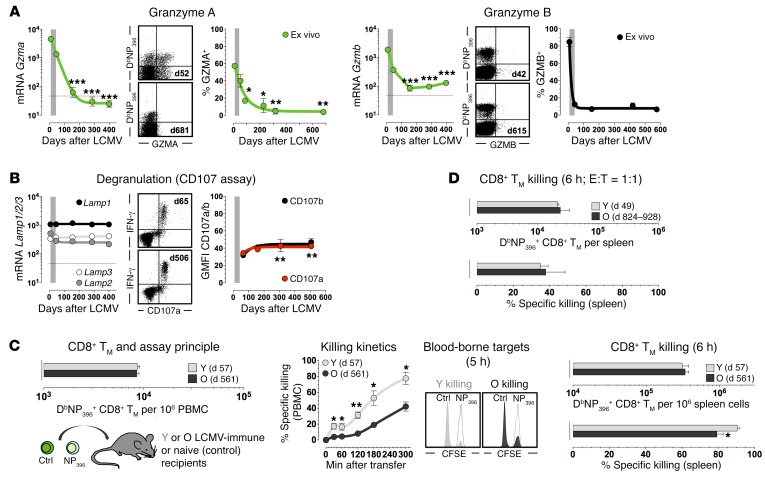Figure 7. Evolving functionalities of aging antiviral CD8+ TM: granzymes, degranulation, and CTL activity.
(A) Temporal regulation of granzyme mRNA (p14+ TE/M, microarray data) and protein (DbNP396+CD8+ TE/M) expression analyzed directly ex vivo. (B) Lamp1, -2, and -3 mRNA expression and degranulation capacity of aging p14+ TE/M and NP396-specific CD8+ TM, respectively. (C) Left, young (Y) and old (O) LCMV-immune mice harboring identical numbers of blood-borne CD8+ TM were used to assess CD8+ TM CTL activities in vivo; middle, killing kinetics determined in blood after AT of 4.5 × 106 differentially CFSE-labeled control and NP396 peptide–coated target cells each (histograms gated on target cells retrieved 5 hours after AT into LCMV-immune [young, gray; old, black] or naive [open] mice); right, splenic DbNP396+CD8+ TM numbers at conclusion of assay and extent of specific killing. (D) DbNP396+CD8+ TM abundance and killing activity in spleen after AT of 4.5 × 105 purified young or old DbNP396+CD8+ TM into naive recipients followed by transfer of 4.5 × 105 sensitized and control target cells each; data generated with n ≥ 3 mice/group in multiple independent experiments. *P < 0.05, **P < 0.01, and ***P < 0.001 by 1-way ANOVA or Student’s t test. PBMC, peripheral blood mononuclear cells.

